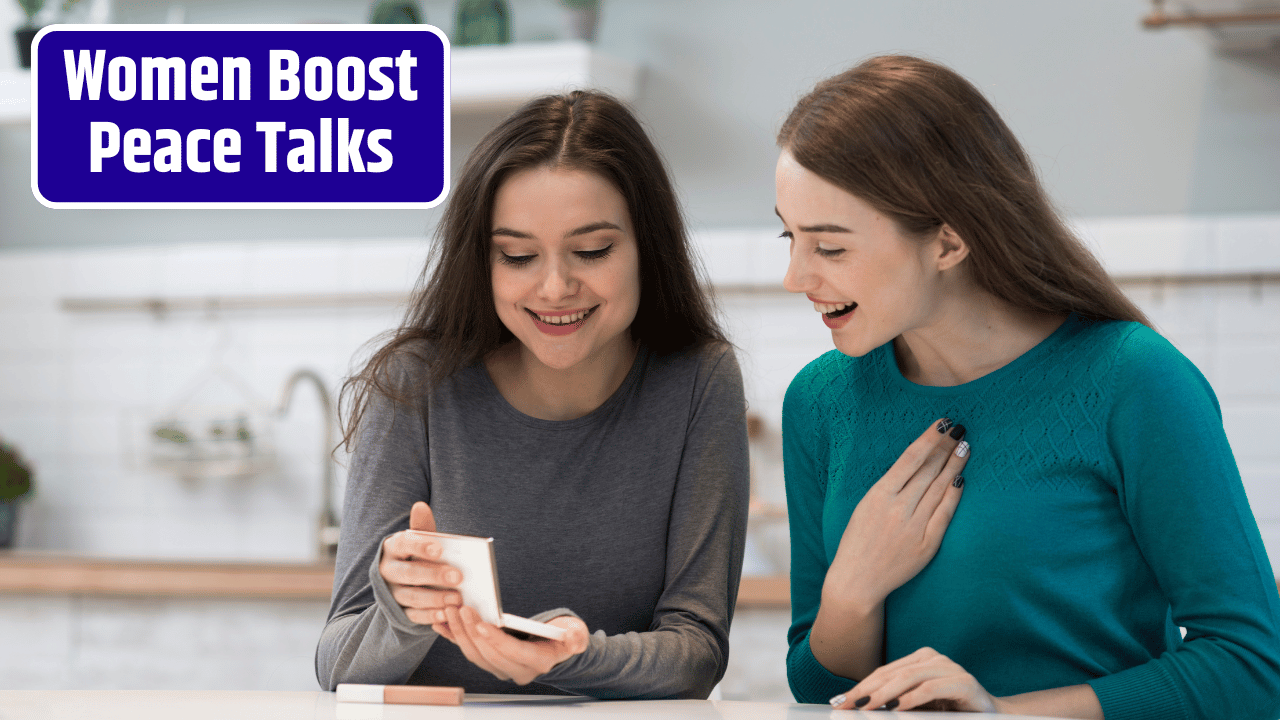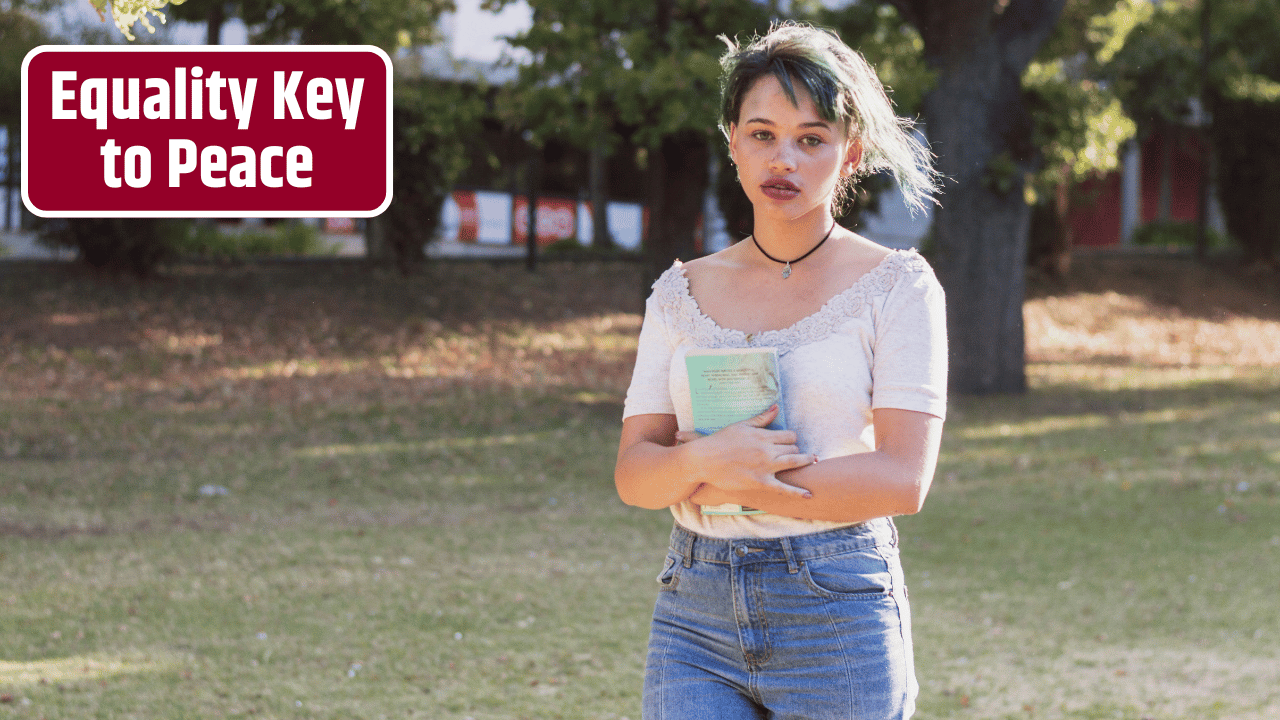There’s something quietly radical happening in the world’s most volatile places — not with guns, not with parades, not with photo-ops or peace treaties signed in marble halls. It’s happening in refugee camps, community centers, makeshift schools, and front porches. Women — once sidelined as casualties of war — are now reshaping the very concept of peace.
It’s not a headline that screams for attention. But it’s a shift with teeth.
Table of Contents
From Margins to Middle of the Map
Let’s rewind a bit. Historically, war and diplomacy have been male-dominated domains. The generals, the presidents, the negotiators — overwhelmingly men. Women, if mentioned, were “victims,” “wives,” or “refugees.” Footnotes.
But now? They’re the strategists. The mediators. The bridge-builders. The movement leaders.
And they’re not just asking for a seat at the table — they’re dragging in chairs, rearranging the room, and questioning the menu.
Take Colombia, where women’s groups fought tooth and nail to embed gender rights in the peace agreement with the FARC. Or Sudan, where women were central to the grassroots uprising that ousted a decades-long dictatorship. And then there’s Liberia, where a coalition of Christian and Muslim women forced warlords to the negotiating table and ended a brutal civil war.
Not exceptions — these are templates for a more inclusive, sustainable model of peacemaking.
Why Women? Here’s the Real Talk.
It’s not about idealism or charity. It’s about strategy.
Time and again, research shows that when women are involved in peace processes, agreements last longer, communities heal faster, and recovery actually takes root. Here’s why:
- Broader agendas. Women tend to focus on education, food security, healthcare — the actual ingredients of peace.
- Community connection. They often have stronger ties to civil society and are better at rallying coalitions across ethnic, political, or religious divides.
- Less ego, more equity. While men often come to the table with territorial or political demands, women tend to emphasize reconciliation and inclusive governance.
And no, it’s not because women are more “peaceful” by nature. It’s because their lived experience offers a different lens — one rooted in protecting families, rebuilding trust, and creating systems that actually work.
Quick Glance: When Women Take the Lead
| Region | Female-Led Action | Impact |
|---|---|---|
| Liberia | Mass action for peace (2003) | Peace accord signed; civil war ended |
| Colombia | Gender Subcommission in peace talks | First peace deal with gender lens |
| Sudan | Women-led protests (2019) | Fall of dictatorship |
| Syria | Women’s Advisory Board (UN-backed) | Inclusive dialogue in negotiations |
| Philippines | Female chief negotiator (2014) | Successful peace with MILF rebels |
The Roadblocks (Because Nothing Comes Easy)
Let’s not romanticize this — female peacemakers often face staggering odds.
They’re routinely left out of official delegations. In some cases, they’re intentionally excluded for fear their demands might derail elite bargains. In others, they’re invited — but only symbolically, without real power or input.
And the risks? Intense.
Many women face harassment, threats, and violence simply for organizing. In places like Afghanistan, Somalia, and Myanmar, women peacebuilders are putting their lives on the line every day.
So when we talk about “empowering women,” let’s be clear: they’re already leading. What they need is protection, funding, and a global system that stops pretending peace is a man’s game.
The New Blueprint for Peace
The future of peace isn’t being drawn in backroom negotiations by men in suits. It’s being sketched out in town halls, on social media, in trauma healing groups, and among interfaith coalitions — often led by women who never imagined themselves as diplomats.
Here’s what that future looks like:
- Localized peace processes led by community women’s groups
- Intersectional inclusion of youth, LGBTQ+, and ethnic minorities
- Psychosocial healing as part of recovery, not an afterthought
- Economic reintegration programs designed by and for women
- Digital organizing across diasporas and conflict borders
FAQs
Is involving women in peace just symbolic?
Not when done right. Symbolism without decision-making power is tokenism. But real participation — with voice and vote — leads to stronger, more lasting outcomes.
What kind of roles do women play in conflict zones?
Everything from frontline mediators to trauma counselors, aid coordinators to political negotiators. Often they’re the invisible glue holding communities together.
What’s stopping more women from being involved in peace processes?
Cultural norms, security threats, lack of funding, and rigid political structures that prioritize elites over grassroots leaders.
Are global organizations doing enough to support them?
Some are trying. The UN has initiatives like Women, Peace and Security (WPS), but implementation is patchy and often underfunded.
What can ordinary people do to support?
Amplify their stories. Donate to women-led peace organizations. Push your governments to support inclusive diplomacy. Demand media coverage that highlights real grassroots leadership.














